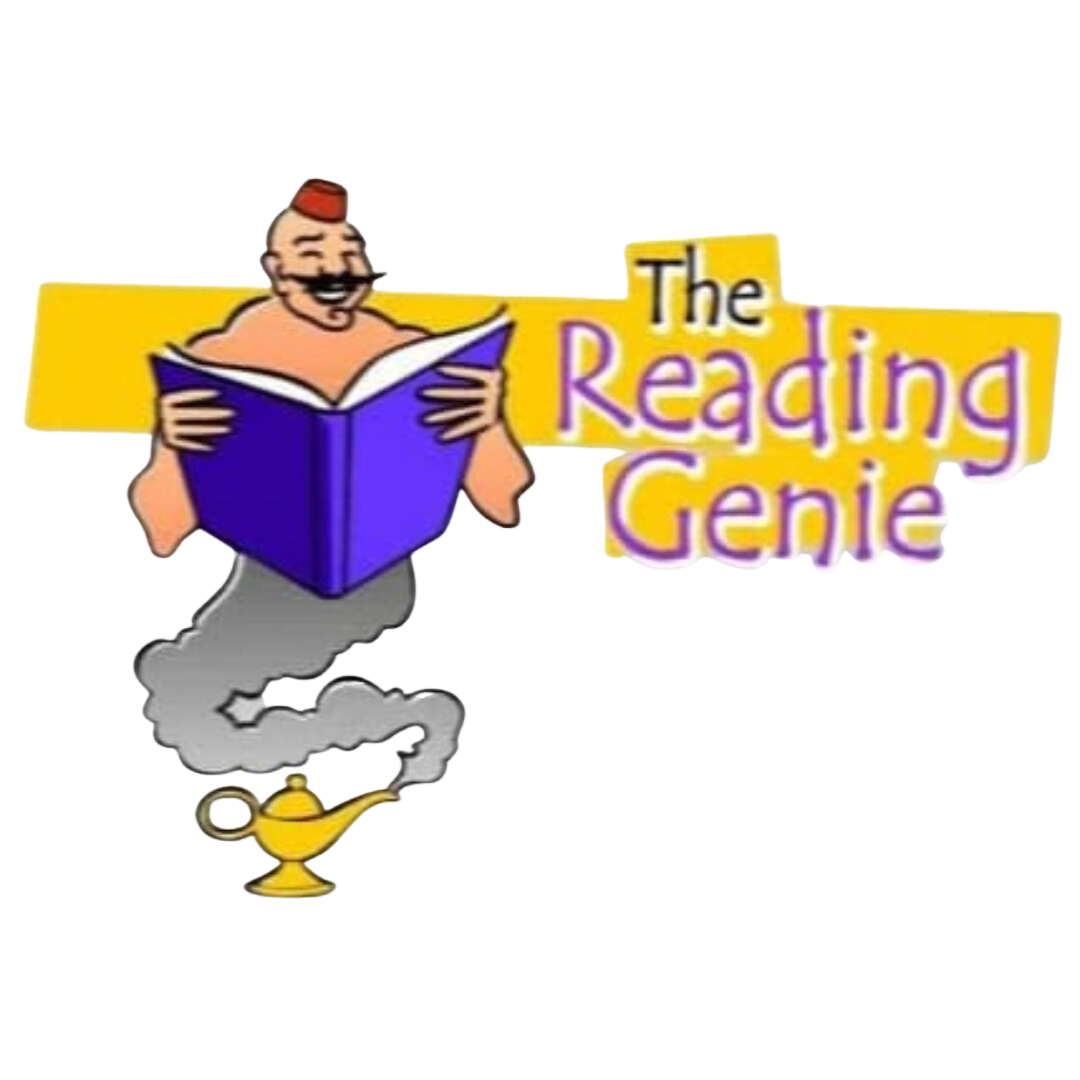
How to Teach Blending

Posted on October 7, 2023
Click here for a translation into Hungarian by Elana Pavlet, or here for a translation into Ukrainian by Anna Matesh, or here for a translation into Croatian by Milica Novak, or here for a translation into Norwegian by Lars Olden, or here for a translation into Estonian by Martin Aus.
Besides correspondences, phonics instruction should develop blending ability. Blending means smoothly joining phonemes to come up with a pronunciation close enough to a word to access the word.
Young children usually get their first taste of blending through rhyming. Rhyming is essentially blending a new onset to an old rime. Children should not be expected to produce rhymes until they have a great deal of experience recognizing rhymes. Listening to rhyming stories, reciting rhyming poetry, and singing rhyming songs should be daily activities in the early childhood classroom. Children can first try making rhymes by blending a single onset to a variety of words. For example, they could play a Silly Sally game where they blend /s/ to the rime of each word. This might lead to sense (me, see; hand, sand) or nonsense (mouse, souse; fork, sork). Any phoneme, for example, the sound of the week, could become the onset in such a game (Silly Filly, Silly Milly, etc.).
Another simple prereading blending activity is Secret Code, a guessing game. The teacher could turn an illustrated word face down and name it in phonemes, e.g., /h/a/t/. When a student blends the phonemes and guesses the word, the teacher shows the picture. This game also works well with riddles, which don’t require pictures. For example, the teacher could say, “I’m thinking of the animal Bo Peep lost. It’s a /shee/ /p/.” Secret Code is good blending practice because it works on blending alone without the complications of remembering correspondences.
Where blending becomes crucial is in decoding printed words from their spellings. To simplify blending with printed words, we need to rethink the structure of the syllable. One way to break down the syllable is into onset (everything before the vowel) and rime (the vowel and everything after it). The onset and the rime are parts of spoken syllables, not written. For example, street could be broken into /str/ and /eet/. The onset-rime break seems natural, but it is probably a special case of the salient vowel. The vowel is the loudest part of the syllable and the sound you can always stretch out. It is easy to break a syllable on either side of the loud vowel.
For blending, it is better to divide the syllable a different way. If we combine the onset with the vowel, we get the body of a syllable. Everything after the body is the coda. For example, in dream, /drea/ is the body of the syllable and /m/ is the coda.
There is an important payoff for this new terminology: Body-coda blending is easier than onset-rime blending. This is because onsets are often quite distorted during blending. For example, if we ask a child to blend d-ice, it is very difficult to pronounce /d/ without considerable distortion. Because /d/ involves the vocal cords, it takes some vowel to pronounce /d/ (usually a schwa /u/), and this artificial voicing interferes with blending in the actual vowel. However, there is no distortion of consonants after the vowel, i.e., in the coda. Thus, di-ce is a very easy blend.
In general, the easiest way to blend in decoding is body-coda, e.g., swee-t. Onset-rime blending (sw-eet) is usually harder, but at least there are only two parts to blend. Phoneme blending is harder still, because there may be 3, 4, 5, or 6 phonemes to blend in a single syllable.
Sounding out and blending words in left to right order is usually not the best way to proceed. It is better, at least at first, to begin by sounding out the vowel. For example, with rag, focus first on pronouncing a as /a/. Then blend the onset to the vowel to get the body, e.g., /r/a/, /ra/. Last, blend the body to the coda, e.g., /ra/g/, rag.
One creative way to get children started is with a blending slide. Using an image or model of a playground slide, have the vowel (e.g., short e) climb to the top of the slide, where it calls for help, /e/, /e/. Bring up the onset (e.g., r) to make the body of the syllable (e.g., the letters re, pronounced with a short e). Place letter d at the bottom of the slide to catch re. Stretch the vowel in re until it hits d to make red. Repeat with a variety of bodies and codas to model and practice blending.
Get in Touch With The Reading Genie
Have questions, need assistance, or want to explore the world of decodable stories with us? Fill out the form below, and we'll be delighted to assist you on your reading journey! And we'll get back to you soon
Get in Touch
Send us an email
[email protected]